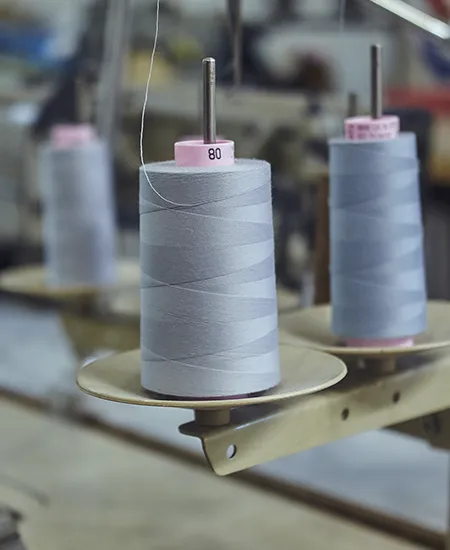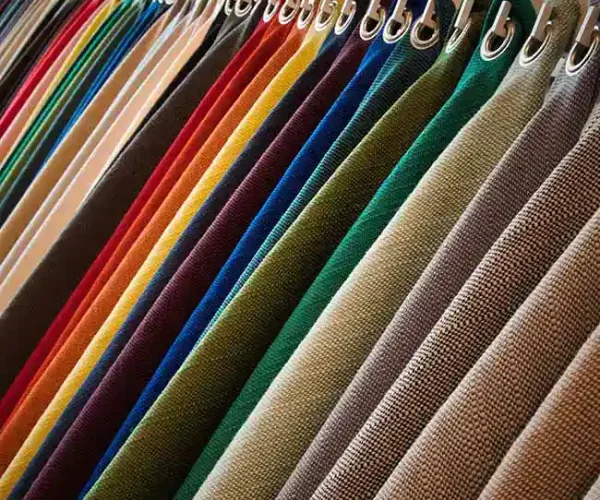ERP Software for Textile Industry


Inadequate infrastructure, including transportation systems, power supply, and logistics, presents a significant obstacle to the industry's growth. It results in elevated production and distribution costs, delivery delays, and restricted market access.
Textile and apparel businesses in Africa need help finding affordable financing to invest in modern machinery, technology, and workforce training, which will impact their global competitiveness.
The industry needs more qualified workers and specialized training programs, hindering progress in technology adoption, innovation, and productivity.
Constant and supportive policies are essential to fostering long-term investments in the textile and apparel industry. However, regular regulation shifts, trade barriers, and government policies can obstruct growth and progress in this sector.
Cheap imports from countries with low labor costs challenge Africa's local textile and apparel industry. Local manufacturers need help competing on price, quality, and efficiency, leading to declining domestic production.
African countries often export raw materials such as cotton without adding significant value through processing and manufacturing. This limits the potential for job creation, higher revenue generation, and developing a vibrant textile and apparel industry.
African textile and apparel products face obstacles in global markets due to limited access and trade policies, such as high tariffs, non-tariff barriers, and strict quality standards.
Meeting international buyers' sustainability standards and compliance requirements can be a significant challenge for African textile and apparel manufacturers. These industries struggle with eco-friendly costs and regulations.

© 2024. Greytrix Africa Ltd